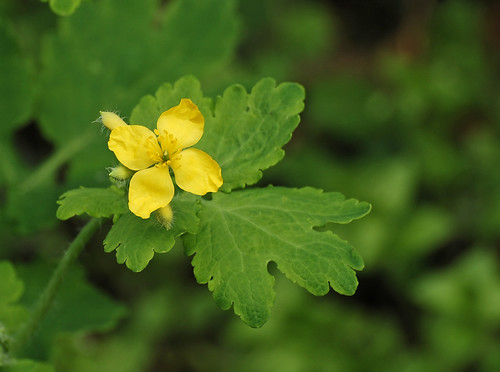The plane through the centre of the earth and the sun is called the ‘ecliptic‘ and it describes the apparent path of the sun around the earth. And the plane through the centre of the earth – on the earth’s equator – is called the ‘celestial equator‘. There is an angle between these two planes of 23.4o and this angle is known as the ‘obliquity of the ecliptic‘.
It is the obliquity of the ecliptic which gives rise to our seasons, because as the earth moves around the sun a point on the surface will be closer to the sun in summer and further away in winter. The mid winter and mid summer solstices are the midpoints of those two seasons and at the midsummer solstice the perceived height of the sun in the sky is at its maximum ‘declination‘ – the angle between the ecliptic and the orbital plane. So whereas the solstices occur when the angle is at its maximum 23.4o, the vernal and autumnal equinoxes occur when the angle between the two planes is at its minimum, i.e. 0o, or when the celestial equator intersects with the ecliptic.
The summer solstice occurs in the northern hemisphere on June 21st and on this years solstice I found myself walking in the countryside late into the evening. It was a proper midusmmer day; sunny, warm and sultry, and the fields were full of wild flowers.
 Field poppy – papaver rhoeas -my all time favourite wild flower. There’s nothing quite so spectacular as a field full of red poppies!
Field poppy – papaver rhoeas -my all time favourite wild flower. There’s nothing quite so spectacular as a field full of red poppies!
The field poppy is also known as the ‘Flanders poppy’ from the battle fields of WW1 – which seems wholely appropriate as I’m writing this on Remembrance Sunday. I find it difficult to photograph poppies and get the colours just right, but I really like these flowers against the green background. They were snapped in the field below, which was a riot of floral colour throughout the summer:
 Looking along the drainage ditch which divides two arable fields
Looking along the drainage ditch which divides two arable fields
The old oak tree in this picture was home to a barn owl nest this year and I spent several evenings sitting in the undergrowth watching the toing and froing of the adults bringing prey to the nest. I didn’t get to see the fledglings but I’m hoping they were successful and return next year. And it was along this stretch of ditch where I photographed the yellowhammer, linnet and whitethroat I posted recently.
 Not quite sunset, but the colours were breathtaking
Not quite sunset, but the colours were breathtaking
And of course at that time of year, late in the day when the sun is getting low in the sky, the skyscapes can be magnificent .
Another flower which was sprouting in the hedgerows was woody nightshade, Solanum dulcamara, which is closely related to deadly nightshade, and the potato which is rather less toxic than it’s relatives – unless the potatos are green when they contain the same toxin. So don’t eat the green ones (or nightshade berries)!
 Woody nightshade flowers with a dog rose in the background
Woody nightshade flowers with a dog rose in the background
Toward the end of my stroll it was getting darker and in the midst of a line of imposing horse chestnut trees is this dead one silhouetted against the crepuscular blueness of the western sky after sunset.

On another dead tree stump adjacent to this one was a kestrel eating its prey and it let me stand close by and watch it for several minutes which was remarkable in itself, but to give you an idea of how close I was I could actually hear it tearing the flesh off the bone! He must have been very hungry.
 The moon emerging from behind a horse chestnut tree
The moon emerging from behind a horse chestnut tree
And right at the end of the walk it was night time proper, and on midsummers day this year there was also a full moon.
The word ‘solstice‘ is derived from the Latin for ‘the sun stands still’ because the sun has stopped rising in the sky and begins it’s journey back across the ecliptic to bring summer to the southern hemisphere, leaving winter for us in the north. But I wasn’t thinking about that as I soaked up the summer warmth on midsummers day.
































































